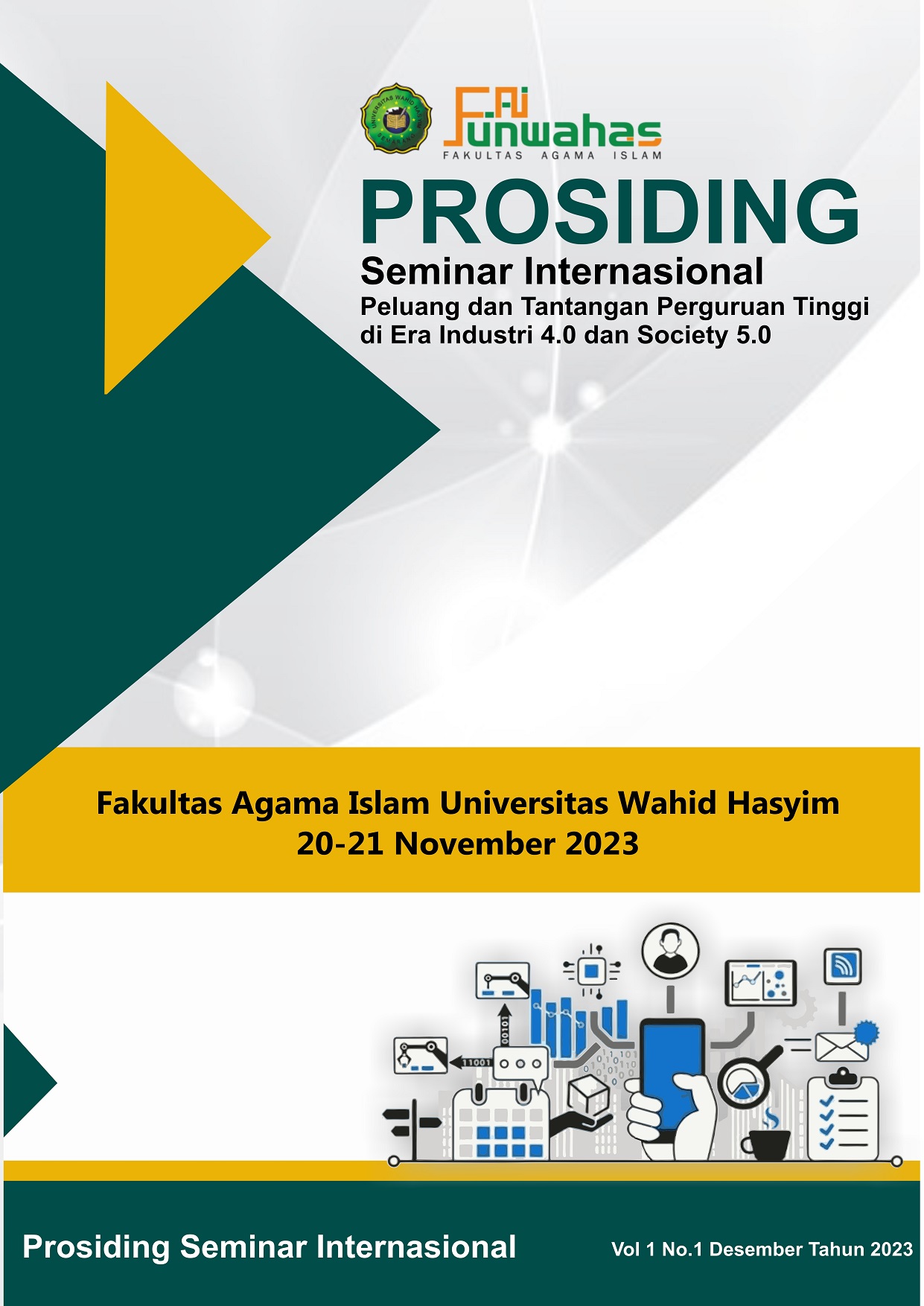NAVIGATING CONSTRAINTS: INNOVATIVE STRATEGIES FOR EDUCATION IN LIMITED SPACES AND SMALL CITY
Abstract
This paper explores the challenges and solutions associated with providing education in constrained environments, focusing on limited physical spaces and the specific hurdles faced by small city. The background highlights issues such as restricted space, resource scarcity, and the need for innovative approaches. The research question addresses how education can adapt and thrive in constrained settings. The research objective is to identify effective strategies and methodologies for delivering quality education within limited physical spaces and small state contexts. Utilizing a qualitative research method, the study analyzes diverse educational approaches, including project-based learning, technology integration, distance education, and place-based learning. Findings emphasize the transformative role of technology in overcoming isolation, the importance of tailored, community-centered education, and the need for adaptability and creativity in addressing constraints. Insights also reveal a collective commitment to global collaboration, individualized learning, and the incorporation of experiential and blended learning methods. The paper concludes by advocating for a dynamic and inclusive educational paradigm that equips students with essential skills in a rapidly evolving global landscape.
Keywords: architecture, place, city, education, adaptation, resilience

